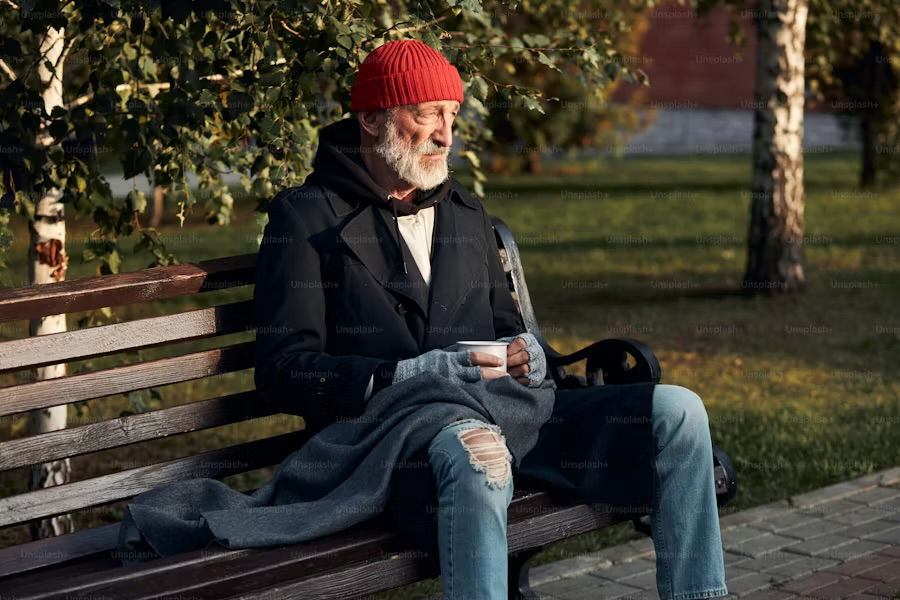Help the Homeless in Greenville -- How?
- Charles Reams

- Feb 17
- 3 min read
What is more basic than the sense of home? How jarring is the sense of homelessness? To have no base, no orientation, no sense of direction is dehumanizing at its core.

There are concerned citizens — some with more influence than others.
Japan has the lowest reported rate of homelessness.
In Japan, being homeless is not only extremely rare but also deeply stigmatized. Japanese culture views homelessness as a personal failure, rather than a societal issue.
Japan's homeless population stands at approximately 3,065 individuals, representing a mere 0.0024% of the population. This remarkably low rate surpasses even that of Switzerland and the United States. So, what contributes to Japan's exceptionally low homelessness rate? To begin with, several key factors are often cited.

Furthermore, Japan's laws and regulations severely restrict homeless behaviour. Begging and sleeping on the streets are effectively prohibited, with laws in place to prevent vagrancy and maintain public order.
Hostile architecture where parks are closed at night, thus preventing vagrants from sleeping there at night. And some areas hire guards to gently nudge idlers to relocate.
Benches with armrests, curved or slanted surfaces, and other design elements aim to prevent people from lying down or lingering.
Many Japanese citizens prioritize cleanliness, safety, and orderliness in public spaces, and tend to avoid going out at night. As a result, the government's policies have inadvertently contributed to reducing homelessness, even if that was not their primary intention.

Japan has maintained a strict stance on illegal substances. The result is a very low rate of drug abuse.
Japan’s healthcare system provides comprehensive treatment and restoration to the mentally ill. Patients with severe mental conditions are admitted to specialized facilities, not left to wander the streets.
By streamlining zoning regulations, Japan has made it easier for developers to build more affordable homes. Thus the population has a better chance of obtaining lodging and staying off the streets.
Before we buy the Japanese government propaganda hook, line, and sinker, realize that a large part of its population is unaccounted for, being lost in the shadows, unable to secure permanent lodging.
Still, are there elements we can learn from our eastern friends
Some of our representatives, representing developing countries and China, Guyana’s representative exclaimed that homelessness has experienced a rise over the years.
Concerned citizens are brilliant, well connected, and well-healed. Yet they wisely invite others to help them solve this knotty and multifaceted problem. So, we examine the root causes of homelessness.
The United Nations has referred to homelessness as a harmful form of systemic discrimination that impacts people in both developed and developing countries. Lack of affordable housing: Many people can't find housing that's affordable, even if they have a job.
Systemic barriers: People experiencing homelessness may face barriers like panhandling, which can keep them stuck in a cycle.
Disabling conditions: Many people experiencing homelessness have a disabling condition like mental illness or addiction.
Services
Shelters: Shelters like Greenville Rescue Mission, Shepherd's Gate, and Salvation Army provide meals, healthcare, and other services.
Homeless Court: A diversion program that offers services from drug addiction to veterans to mental health.
Homeless Alliance: A partnership of over 565 organizations that work to end homelessness.
Solutions
Community collaboration
A community task force was created to develop an action plan to address homelessness.
More affordable housing
Expanding the number of affordable housing options is key to helping people move out of homelessness.
United Way of Greenville County
Works to improve the response to homelessness.
Greenville Homeless Alliance (GHA) is more than 565 organizations of doers fighting to end homelessness.
Hunger
There is nothing subtle or more pernicious than hunger. This stealthy stalker crouches on the fringes of mainstream society. But it’s never far away, like the many homeless persons who hide in plain sight until a hot dinner is served. Then they swarm to the frenzy.
Homelessness and hunger are like siamese twins: they are joined at the hips. But this two-headed monster can only be killed by food and shelter.
The seeds for disaster were planted years ago when a line was drawn in the sand. The rich are here and the poor are there. School boundaries are toxic.
Such rotten seeds produce an abundance of rotten fruit that we see today and rampant despair, homelessness, and hunger.
We want to get a different outcome, we have to go back to the drawing board and remove all injurious barriers and create one people.
Insist on the status quo and perpetuate the grim realities we see on our streets, byways and alleys.
The mold is broken. Smash it and craft a new mold. Embrace new outcomes from a better, more just and equitable system.
Anything less is tokenism and doomed to failure.
Despite these and other noble efforts, the problem gets worse. Something is missing. Can we give the homeless a face, a voice and a soul?


